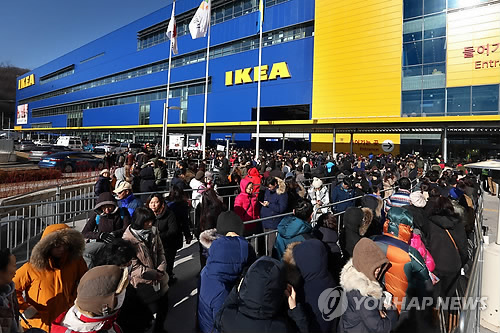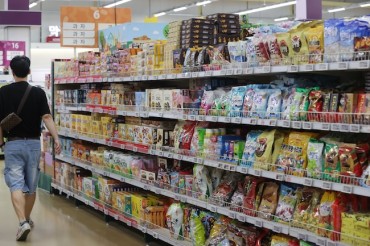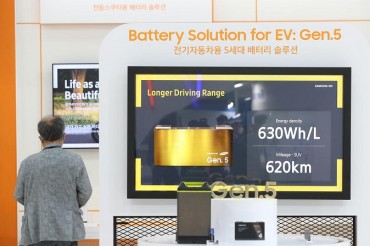
First year sales of global furniture giant IKEA in Korea have reached 210 billion won (including sales from December 2014), according to a recent report. This tops the average sales of all 345 IKEA stores around the world. (Image : Yonhap)
SEOUL, Dec.16 (Korea Bizwire) – First year sales of global furniture giant IKEA in Korea have reached 210 billion won (including sales from December 2014), according to a recent report. This tops the average sales of all 345 IKEA stores around the world.
There has been some criticism that the Korean store’s pricing is higher than other advanced nations including Germany, Japan and the U.S. A map product labeling the East Sea as the Sea of Japan also sparked a backlash amid fraying ties between Seoul and Tokyo, prompting the former country manager to apologize for the incident.
But these incidents have failed to discourage customers from visiting the new concept store. Even considering the depressed economy due to the outbreak of MERS, the report card for IKEA’s first year in Korea appears to be excellent.
Cost-effectiveness is what pulled IKEA’s sales to success. According to a survey conducted by IKEA, 45 percent of the customers who visited the store in Gwangmyeong picked ‘reasonable prices’ as IKEA’s strongest suit. More than 11 million people visited the Gwangmyeong store this year, the majority of whom were in their 30s and 40s, and the re-visit rate was 70 percent.
IKEA plans to open five more stores in the next five years, with four in Seoul and its surrounding area, and two in the central and southern region. The company’s second Korean store is scheduled to open in Paju, north of Seoul, in 2017.
Considering the record of the first year, industry watchers are saying that the ‘IKEA effect’ will get larger as more IKEA stores open.
The ‘IKEA effect’ can be narrowed down to the expansion of business portfolios among domestic furniture brands, and broadening consumer interest in a wider variety of furniture.
Hanssem, which previously concentrated on kitchen furniture and daily furniture, expanded its business in 2010 to bathroom utilities, building materials, office furniture and even home electronic appliances. The company is trying to change its stance to a supplier of ‘everything for a house’. As a result, Hanssem has reported an average 28 percent growth rate over the past four years.
Hyundai Livart launched a kids’ furniture brand called Livart Kids last year. The company also launched a mattress brand, enSleep, and an office furniture maker, Haum, in a bid to make inroads in the B2B market.
Casamia, Ilum, ENEX and Emons also expanded their stores and rearranged their online shopping services, which has been pointed out as one of IKEA’s weaknesses.
Industry watchers commented that as IKEA entered Korea, consumers started to have more interest in home decoration. “More consumers are interested in a wider variety of furniture beyond tables and couches.”
By Francine Jung (francine.jung@kobizmedia.co.kr)






